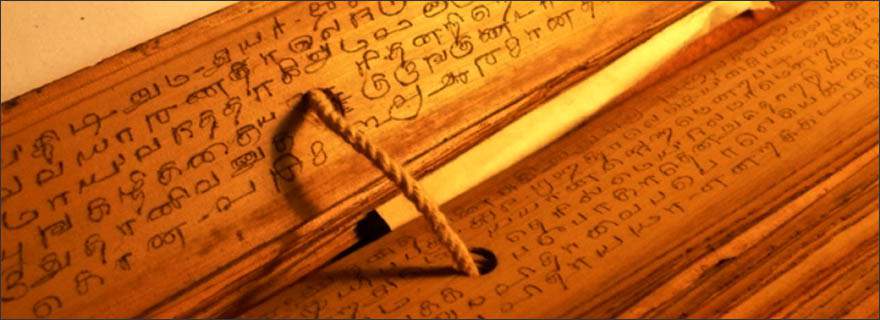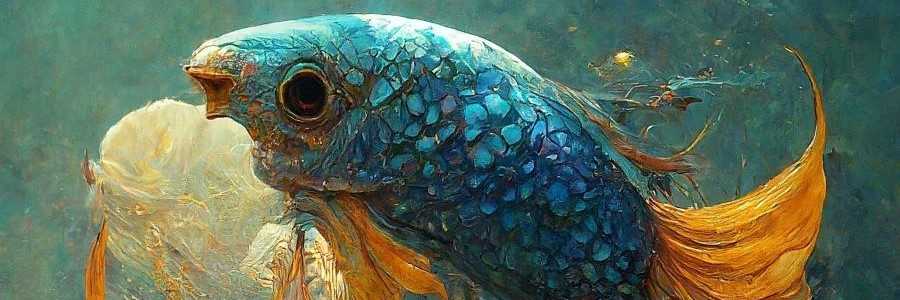History of Naadi Shastra
The origins of the Naadi Shastra (energy-channel treatises) are shrouded in the mists of time. This marvellous system of prediction has been used to give reliable guidance for many centuries: knowledge about ourselves (past and future), our relationships and our destinies. Research shows that this system has been in use for at least 4000 years, since the treatises were first written (on palm leaf scrolls) in Sanscrit, the predominant language of ancient India. The original transmission was by oral means, before the committal of the texts to writing. The shastras are believed to have been first composed long ago by the Sapta Rishis (seven sages) — Agasthya, Kausika, Vyasa, Bohar, Bhrigu, Vasishtha and Valmiki.

The primary centre for Naadi Shastra is in Vaitheeswarankoil, near Chidambaram in Tamil Nadu, a state in South India. Here Lord Shiva is said to have assumed the role of a vaidhya (a doctor), who alleviated the miseries of his devotees. Until the 1930’s, Naadi remained an ancient legacy, hardly used or even comprehended by the majority of Hindu Astrologers.
The preservation of the Naadi palm leaves and the translation from Sanskrit into the Tamil language was undertaken on a large scale during the regime of the Kings of Tanjore (9th-13th Century AD). When the leaves started disintegrating with age, the Tanjore rulers appointed scholars to rewrite them on fresh ola (palm leaves). Some of the Naadi Granthas were also translated into another South Indian language, Telugu. The Maratha king Sarabhoji and the Chola kings patronized these translations.
When the British left India they took with them some of the ancient manuscripts and texts delving into Alchemy, Ayurveda, and Rasayan, while those pertaining to occult sciences were left behind and auctioned. The Valluvar community, who specialized in Astrology at the time, bought these palm leaves and made Naadi reading their hereditary profession and means of livelihood.
Each Naadi is made up of a particular ola or palm leaf, written in vatta ezathu, Tamil script, with a sharp, nail-like instrument called ezuthani. The palm leaves are preserved by rubbing peacock oil on auspicious occasions. These palm leaves are still preserved in the Saravasti Mahal library of Tanjore, in the South Indian state of Tamil Nadu.
The predictions in the Naadis are in a commentary form, though in Shiva Naadi these predictions are presented as conversations between Lord Shiva and Mata Parvathi, expressing concern for and blessings on their devotees.
The Granthas are a set of highly organised manuscripts divided into sixteen chapters or kandams. These Kandams serialize the various aspects of materialistic and spiritual life of an individual such as family, marriage, profession, wealth , luck etc.
You May Also Like
Importance of Sawan shivratri Vrat








